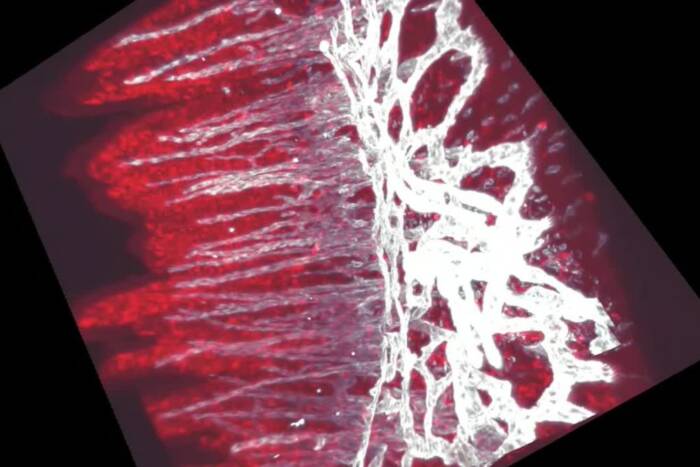Lino Saez, 1954-2014, developed new techniques to study circadian clocks
by ZACH VEILLEUX
 Lino Saez, a senior research associate and member of Michael W. Young’s Laboratory of Genetics for nearly 30 years, died October 24 at the age of 60.
Lino Saez, a senior research associate and member of Michael W. Young’s Laboratory of Genetics for nearly 30 years, died October 24 at the age of 60.
Born in Traiguen, Chile, Dr. Saez was the second youngest of eight brothers and the only one to leave for a career outside of Chile. He came to the United States after being accepted for graduate work by the Einstein College of Medicine, where he studied genes encoding human muscle myosins as a graduate student with Leslie Leinwand. He planned to do postdoctoral work focused on molecular mechanisms of learning and memory in mice, but instead became interested in new work being done in Dr. Young’s Rockefeller lab that was exploring the molecular basis of circadian rhythms using mutants of Drosophila. He joined Rockefeller in 1986.
Dr. Saez’s first studies at Rockefeller identified developmental patterns of expression of the clock gene period. He later devised techniques to create partial clockworks in cultured cells, allowing important insights into the functions and interactions of clock proteins.
“Over the years, technicians, graduate students and postdocs came to depend on Lino for his enormous technical and scientific expertise,” says Dr. Young, who is Richard and Jeanne Fisher Professor and vice president for academic affairs. “He was extremely generous with his time and advice, and everyone appreciated a certain push that reflected the high expectations he held for his colleagues.”
Dr. Saez died at Memorial Sloan Kettering Cancer Center, 13 years after first receiving a diagnosis of renal cancer.
He is survived by his wife Monica Roth, a daughter Paloma, and a son Daniel.


